Medical injection-molded products, due to their direct contact with the human body or critical role in therapeutic applications, face stricter quality requirements than ordinary industrial products. Bubbles, a typical defect in injection molding, not only compromise product aesthetics but also undermine structural integrity, sealing performance, or biocompatibility, posing risks of medical accidents. This article systematically analyzes the causes of bubbles in medical injection-molded products from four dimensions: material properties, process parameters, mold design, and environmental control, while proposing targeted solutions.
1. Material Factors: The Source of Gas Release
-
Excessive Moisture in Raw Materials: Medical-grade plastics (e.g., PC, PPSU, PEEK) are sensitive to moisture absorption. Insufficient drying leads to water vapor bubble formation during melting. For example, PC requires drying at 120°C for ≥4 hours.
-
Additive Volatilization: Additives like color masterbatches, lubricants, or antistatic agents may decompose under high processing temperatures, releasing volatile gases.
-
High Recycled Material Ratio: Strict limits (e.g., FDA ≤25%) apply to recycled materials in medical products. Repeated thermal history degrades molecular chains, reducing gas entrapment capacity.
2. Process Parameters: Balancing Temperature and Pressure
-
Excessive Melt Temperature: Overheating reduces plastic viscosity, increasing gas solubility. Rapid cooling then causes gas precipitation.
-
Mismatched Injection Speed and Pressure: High-speed injection traps gases due to friction heat; low pressure fails to fill cavities completely. Inadequate holding pressure creates vacuum zones.
-
Insufficient Cooling Time: Premature ejection of thick-walled parts (e.g., IV connectors) leads to post-shrinkage bubbles due to residual stress.
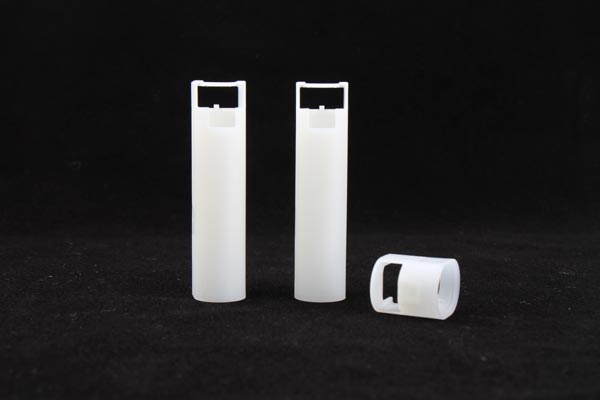
3. Mold Design: Pathways for Gas Escape
-
Defective Venting Systems: Lack of venting slots (depth: 0.02–0.05mm) at parting lines or ejector pins traps gases. Vacuum venting or microcellular foaming is recommended.
-
Poor Runner/Gate Design: Long runners degrade material; small gates increase shear heat. Insufficient cold slug wells allow contaminated material into cavities.
-
Improper Mold Temperature Control: Tight control (±1°C) is critical. High mold temps delay cooling; low temps increase viscosity.
4. Environmental Control: Hidden Gas Sources
-
High Workshop Humidity: Humidity >40% causes material reabsorption and mold condensation.
-
Contaminated Compressed Air: Oil/water in pneumatic systems enters cavities via vents.
-
Operator Contamination: Sweat or saliva from ungloved personnel decomposes under heat.
Solutions and Preventive Measures
-
Material Preprocessing: Dry materials per supplier guidelines; limit recycled content.
-
Process Optimization: Use multi-stage injection, increase holding pressure (50–70% of injection pressure), and extend cooling time.
-
Mold Improvements: Add venting slots, adopt hot runner systems, and implement zone-specific temperature control.
-
Environmental Management: Maintain humidity at 30–40%, filter compressed air, and enforce cleanroom protocols.
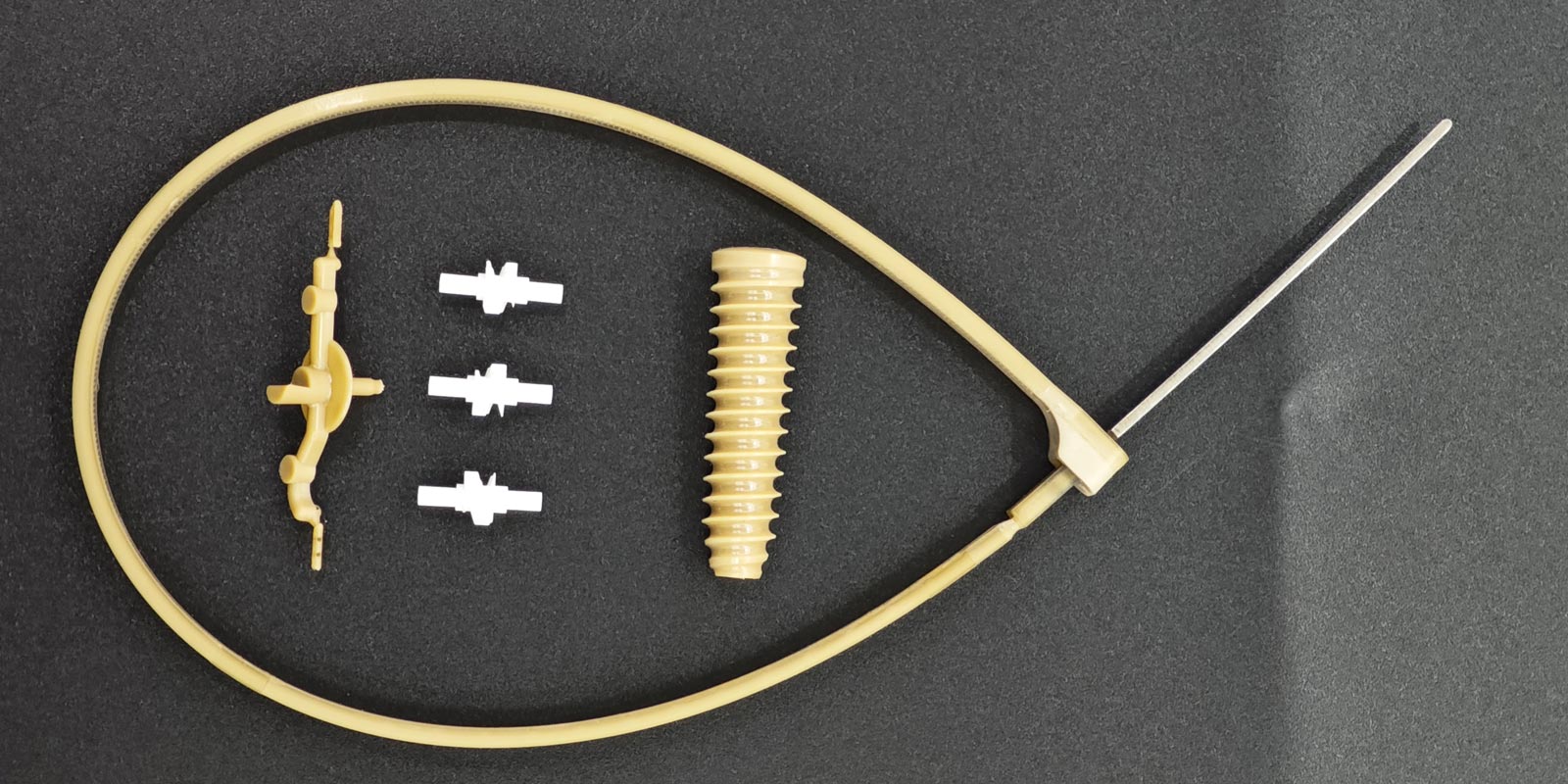
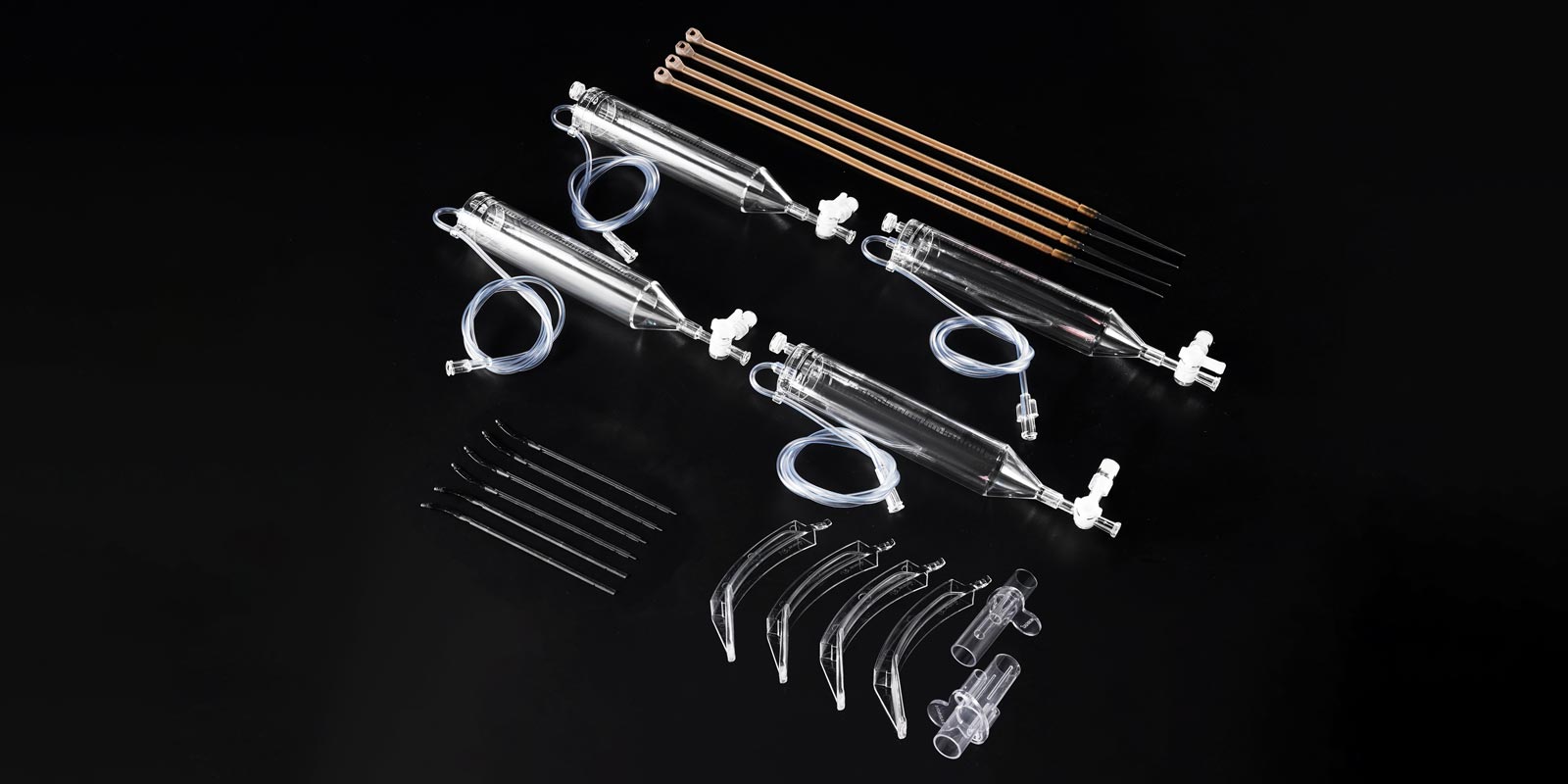

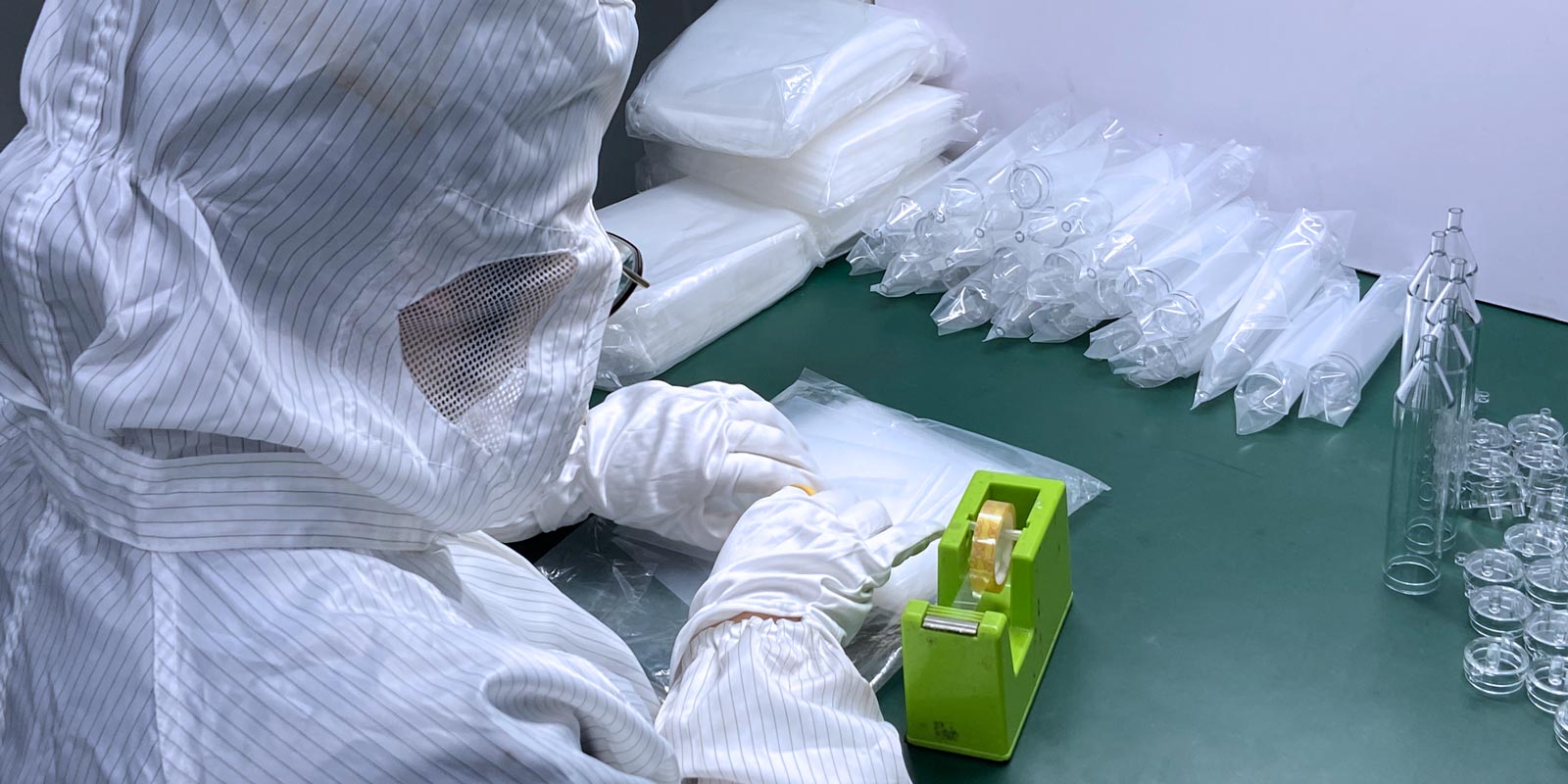
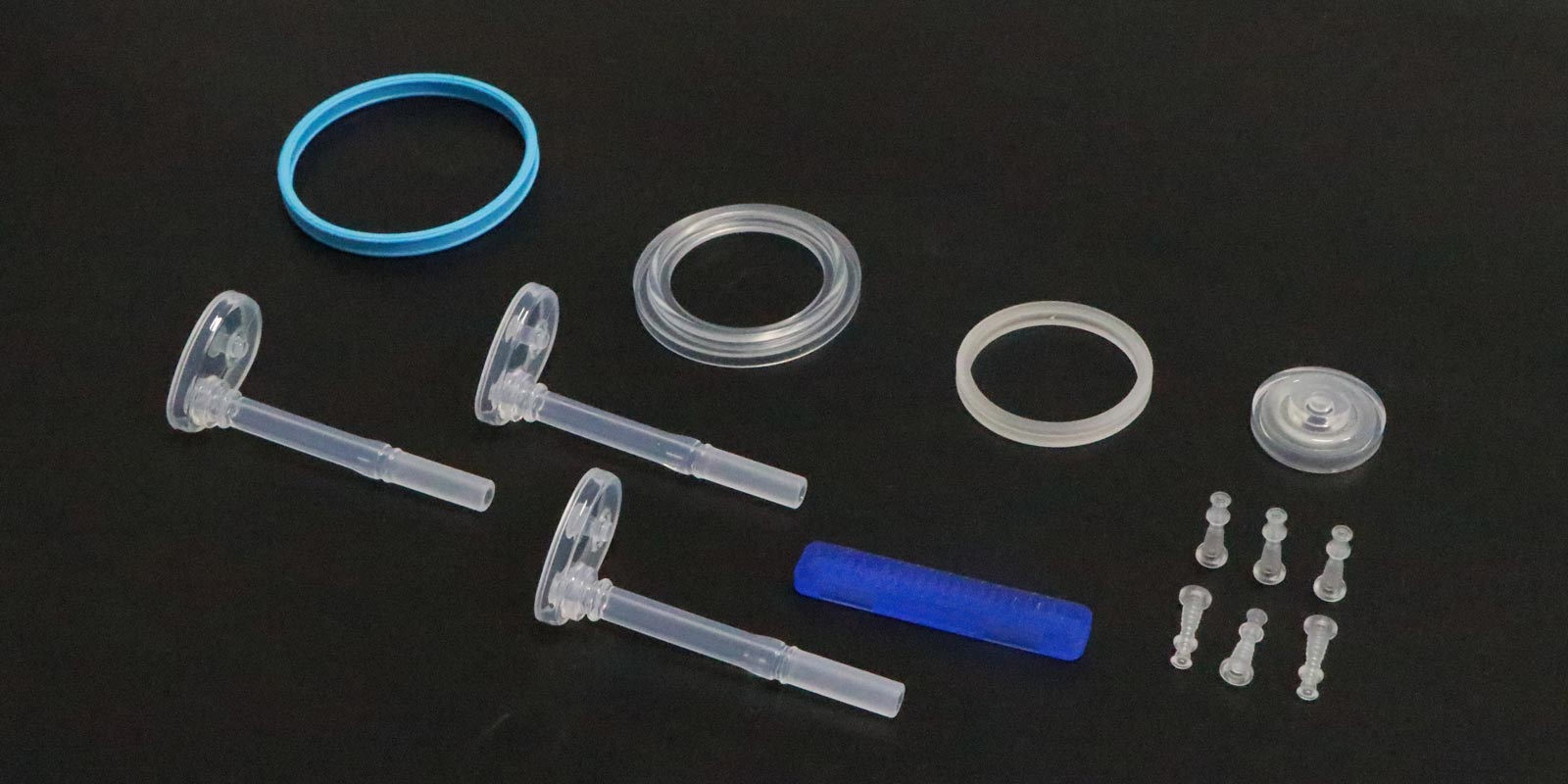
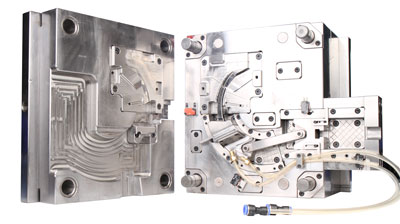
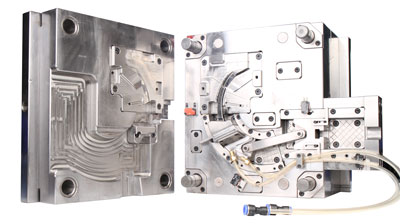
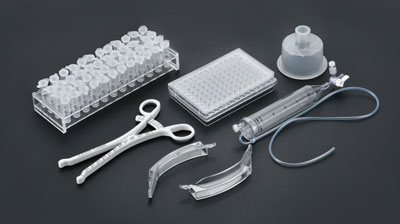
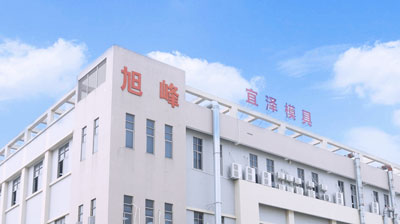







 Home
Home
